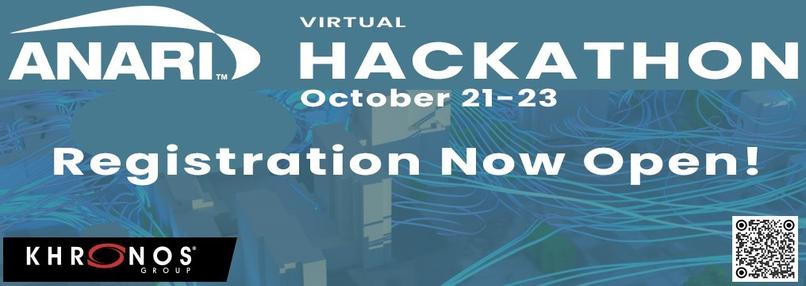There's a metaphysical necessity in a wide adoption of #OpenUSD as it transcends our suffering of incompatible proprietary 3D formats.
#OpenUSD
#TIL: #OpenUSD (https://openusd.org/release/index.html#) seamlessly connects #3D graphics & #DigitalTwin platforms, like @NVIDIAOmniverse (https://www.nvidia.com/en-us/omniverse/usd/), enabling creation of hyper-realistic virtual replicas of physical assets
Blender 4.4 will import/export OpenUSD with displacements (Feb'25).
Realtime rendering with Meshes/SubD and Displacements is currently not supported on Apple, but it's mentioned in the feature list since (over) a year now. And I already saw unintended(?) exports from ObjectCapture with "unused" .exr displacement maps early 2023.
It looks to me as WWDC25 will bring it to iOS 19 and visionOS 3.
I also hope for <model>.
Today's adventure in "Misusing #Maya and #OpenUSD for fun and profit*" - representing namespaced attributes in Maya.
Behold!
addAttr -ln "foo_bar_bat_fizz_buzz" -nn "UsdAttribute://foo:bar:bat:fizz:buzz"
And as for customData - a network node with a message connection from the attribute, and a JSON string of the data.
*Yes, I know there are no profits in #vfx
Super exciting #openUSD news - v24.11 is released! Lots of great changes:
Another day, another bug in our #OpenUSD pipeline caused by GeomSubset prims and material:binding relationships.
Today's bug in our #OpenUSD pipeline is entirely self inflicted, and stems from the imperfect logic of "this opinion already exists, so we don't need to re-author it".
Fortunately we've encountered a similar bug before, and the same fix can be applied.
Registration for the upcoming (free) virtual ANARI Hackathon on Oct. 21-23 is now open!
Come join us to work on various projects related to ANARI -- we will be meeting via Zoom to "divide and conquer" on all kinds of fun things to work on.
https://www.khronos.org/events/anari-hackathon-2024
#ANARI #analytical #render #paraview #VisIt #Ascent #OSPRay #PTC #raycast #OpenUSD
One of our #vfx #rigging artists had an interesting suggestion... since #OpenUSD allows you to "stitch" layers, you could, in theory, export your rig caches in chunks (on the farm).
Assuming you use selective preload so you're only loading the rig in question, it's a question of trade offs.
For a shot with N frames, is it faster to export it in one big task, or in M small tasks, plus an end task to stitch the layers?
Only one way to find out!
For science.
I am making a major change to our #OpenUSD asset pipeline to leverage a new component of the asset management system.
In general these changes are rote, mechanical refactors to the code. But I am touching a *lot* of code, in a package that is over six years old. Which may or may not be ancient by #vfx standards.
Fortunately, these are existing, thorough, and robust tests, so I can move with confidence.
There is no problem in #OpenUSD that cannot be solved by adding another layer, but this usefully ends up creating another problem.
making a very, very dumb down summary: it's like git for your 3d assets.
Thing is subversioning 3d models, texture, etc. is hard. Those are large binary files and most file formats use compression or encoding that isn't versioning friendly. #OpenUSD solves that by building around a very flexible system of layering and encoding that support versioning.
Even if your just use it on a regularly backed up server it's very easy to use and access all version of an assets. That's why people love it
saw a video talking about #openUSD and a bunch of comment on XKCD comic about standards... thing that those piece usually lack when they talk about usd is what need it fulfill. This format is a frankly very difficult to integrate and the repo is messy and in C++, both apple and autodesk are trying to lock people into their own version of it... but it still get more and more supported around a large portion of most computer media industries, why? 1/2
I think I'm lucky to have only worked in two small game studios and one midsized animation studio before moving to #vfx right as #OpenUSD was starting to see widespread adoption.
It means I never learned the old ways of doing things, so I had nothing to unlearn when it came to understanding USD. Meanwhile all the people who have seen some shit constantly complain about how confusing USD is and I'm like... it makes sense to me...
